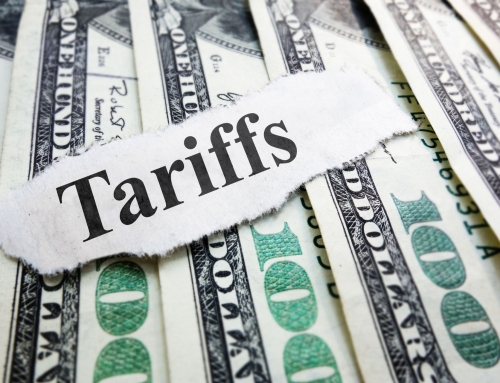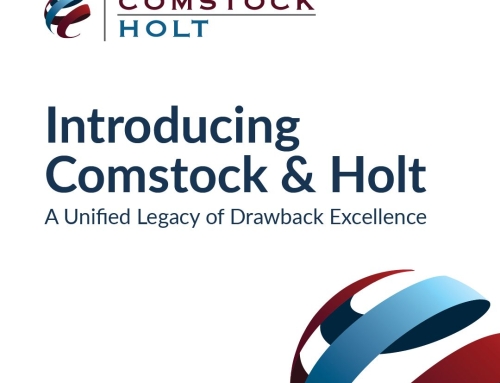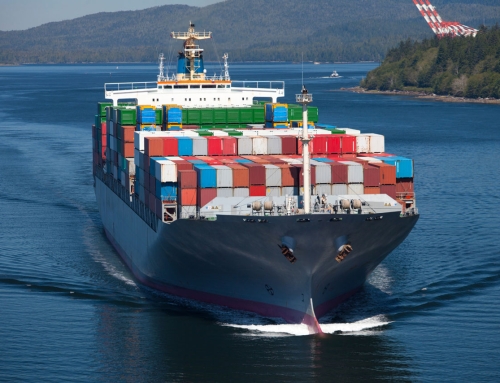In late December, the Government Accountability Office (GAO) released a 60-page report (Risk Management for Tariff Refunds Should Be Improved) on their analysis of drawback claims and methodology from 2011-2019. Several members of the trade, along with vital resources from CBP, were interviewed to provide thoughts and opinions for how drawback has been managed and how it is working after the transition to the Trade Facilitation and Trade Enforcement Act (TFTEA) provisions under the new regulations (19 CFR 190).
The findings within the GAO report were not particularly friendly to CBP, and as the title suggests, there is more to be done to ensure that this program is utilized properly going forward. Our condensed highlights are listed below.
- Calendar year 2018 has the highest amount of refunds claimed at $1.379B; 2019 to date (as of 8/21/19 was $895M.)
- Calendar year 2018 had the highest number of drawback claims to date since 2011, as would be expected with the limitation on the number of lines that can be transmitted with each claim. The number of claims in 2018 were about double what they were in 2017 (CBP estimated an increase of claims by a factor of 4 based on the 5k line limit).
- The largest Drawback Offices expect the backlog of old claims to be finalized in 2023.
- Drawback specialists face a learning curve for ACE and new statute and regulations that are slowing them down. From 1/1/19 through 9/13/19 Drawback Offices liquidated 18% of the value remaining on ACS claims and 27% of the number of claims remaining. In order to liquidate the older claims they have to toggle back and forth from ACE logins to ACS logins.
- CBP does not meet the 90-day regulatory response time for new privilege applications 60% of the time! Increased workload (which was not expected with TFTEA), is the driving force in the delay. Drawback Offices are utilizing overtime.
- Specialists are managing workload by automatically extending liquidation, which is contrary to CBP guidance for what the extended liquidation is used for. “CBP’s guidance states that liquidation extensions are intended to provide additional time to obtain information or documentation necessary to complete the review of a drawback claim prior to mandatory liquidation. CBP guidance also states that extensions may not be used to manage the workload.” “CBP did not anticipate the increased workload and does not have a plan to manage the increased workload, which has caused delays resulting in uncertainty for industry – potentially impeding trade – which runs counter to its strategic goal of enhancing U.S. competitiveness by enabling lawful trade and travel, such as by reducing barriers to the efficient flow of trade and streamlining and unifying processes and procedures”.
- CBP was generally understaffed from 2011-2018; the mandated amount of personnel is 37 and the recommended number of Drawback Specialists nationwide is 40. CBP currently has 37 specialists working on drawback as of 10/26/19.
- CBP will target higher-value claims for more frequent review.
- CBP’s desk review process does not systematically identify claims. A statistical representative is going to look into prospective claims to determine how to pull a statistically representative sample going back in time. As of the publishing of the report, 9 claims have been pulled for TFTEA desk reviews out of 19,713 claims filed.
With their findings, the GAO provided 6 recommendations in the report (pages 58 and 59), along with CBP’s responses to each recommendation. The drawback industry is anxiously waiting to see how CBP’s interactions with the recommendations impact the trade and what will change for filers in the future as a downstream effect from this report.






